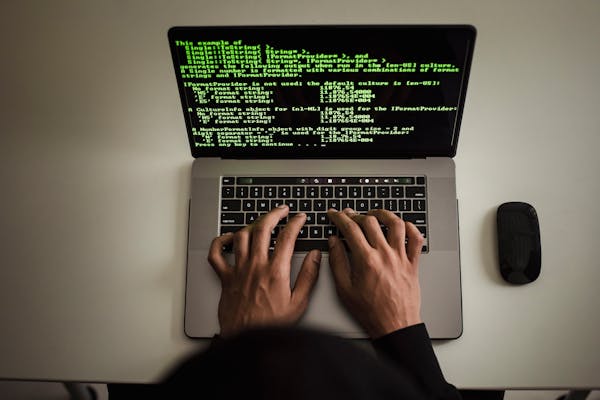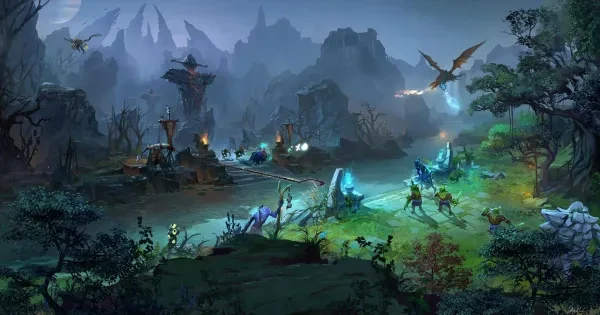IBM’s Deep Blue versus Garry Kasparov
In recent years, computers have been getting better and better at chess. In 1996, a computer, IBM’s Deep Blue, beat chess master Garry Kasparov in the first game they played – the first time a computer had beaten the world champion. Despite Kasparov going on to win the match overall (by three games to one), the game became famous. The next year, in a rematch against improved software, the machine was able to win convincingly.
This victory led to an explosion in computer chess. Today, programs are available for home use that can play at any difficulty level from the most basic all the way up to world champion level. It is also possible to play chess over the Internet with real human players, either on a live server or over a long time by email (a new form of correspondence chess).
The best chess software in the world gets stronger every year, as advances in hardware speed make it possible to analyse more moves in the same amount of time. So far, humans have still had the edge when it comes to learning from history – that is, having an overall tried-and-tested strategy – but software makers are rapidly building huge strategy databases that hold almost every chess strategy known to man. Today, it is thought that the modern successor to Deep Blue, named Hydra, could beat any human in the world, although this hasn’t been tested.
The rise of computer chess has split players in two directions. Some have embraced it, creating a game known as advanced chess, where players are allowed to use computer software to allow them to explore all the possible moves on the board and choose the one they think would be best. On the other hand, there is arimaa, a version of chess deliberately created to be very difficult for computers to play. As the pieces are moved many times on each turn, the computer cannot ‘think’ as far ahead as a human can, and the computer cannot store strategies as the opening positions are random each time. Today, the best arimaa programs cannot beat even moderately skilled human players.








